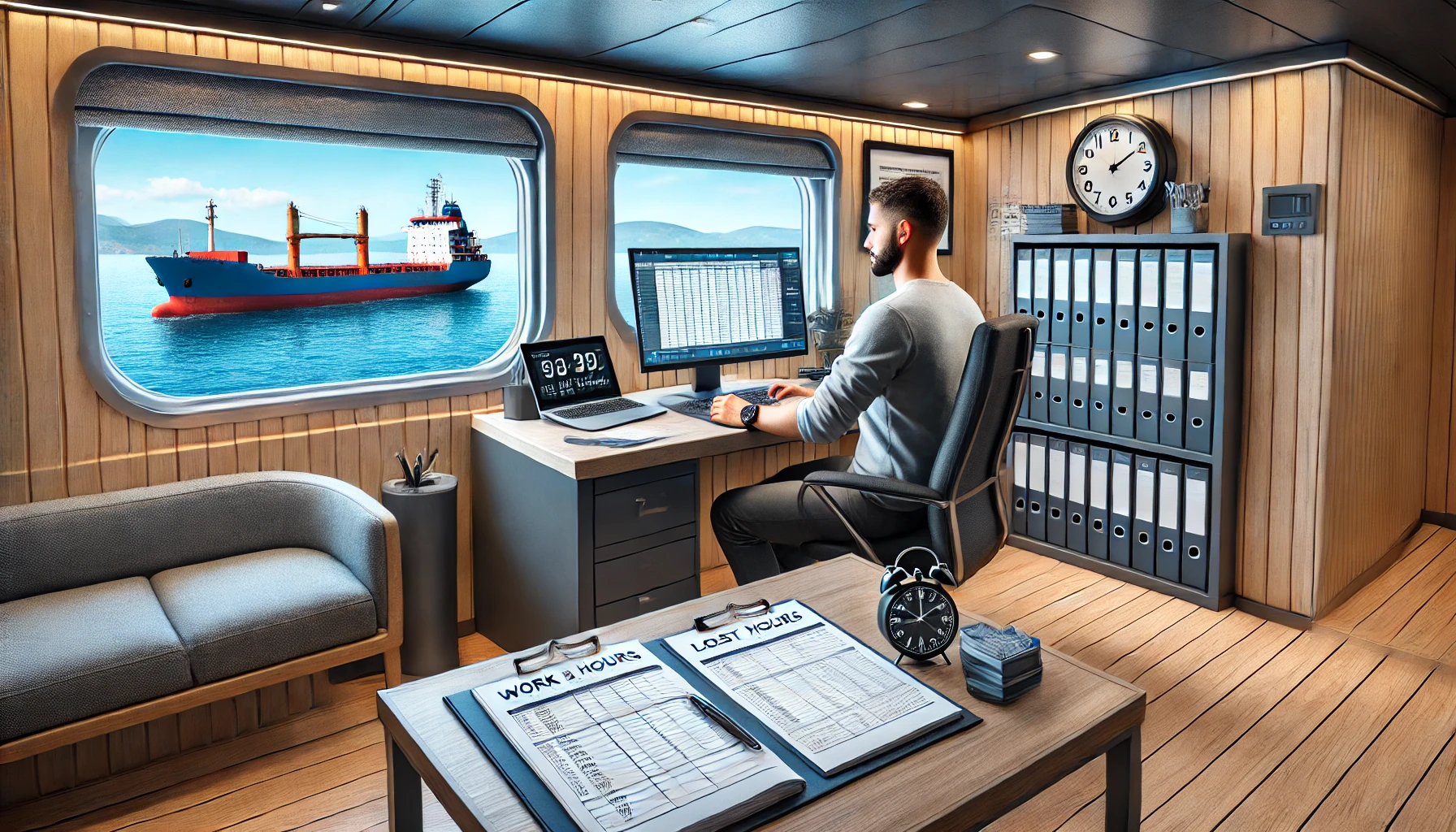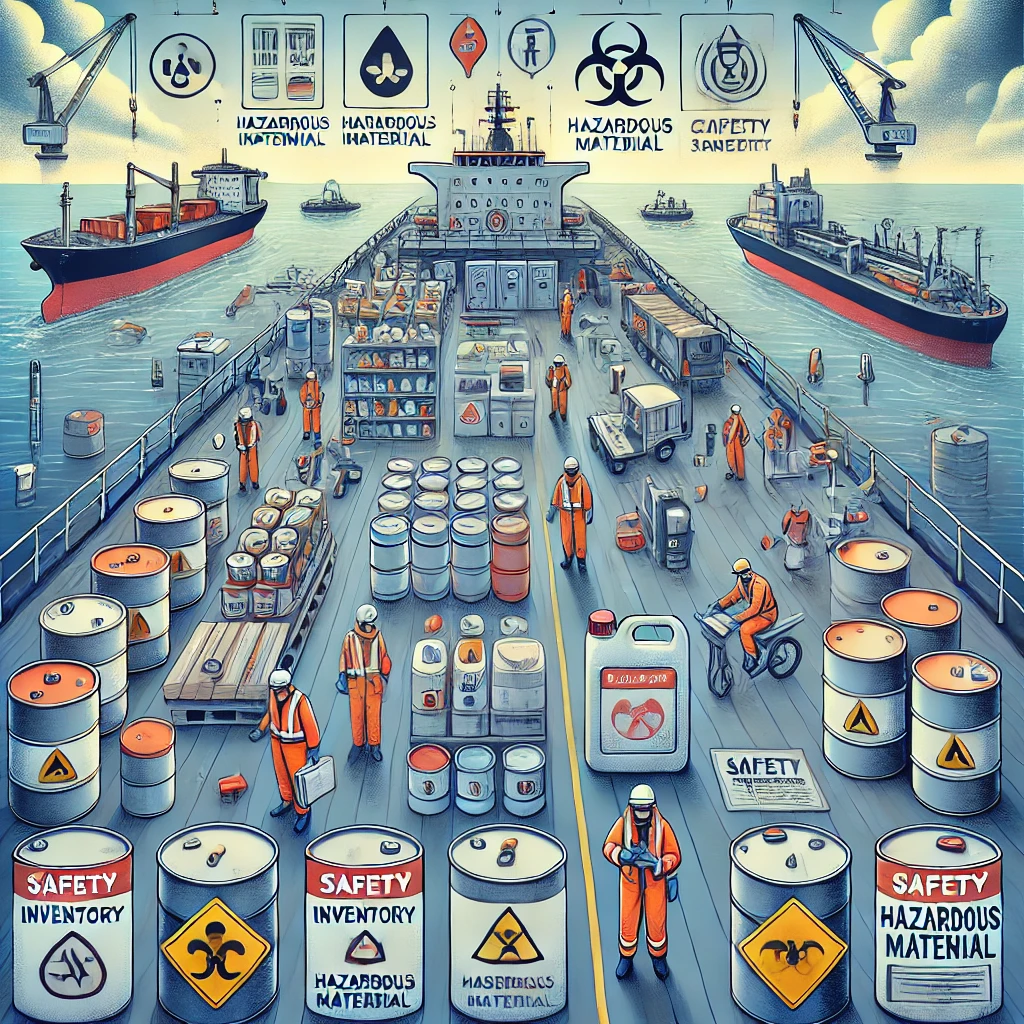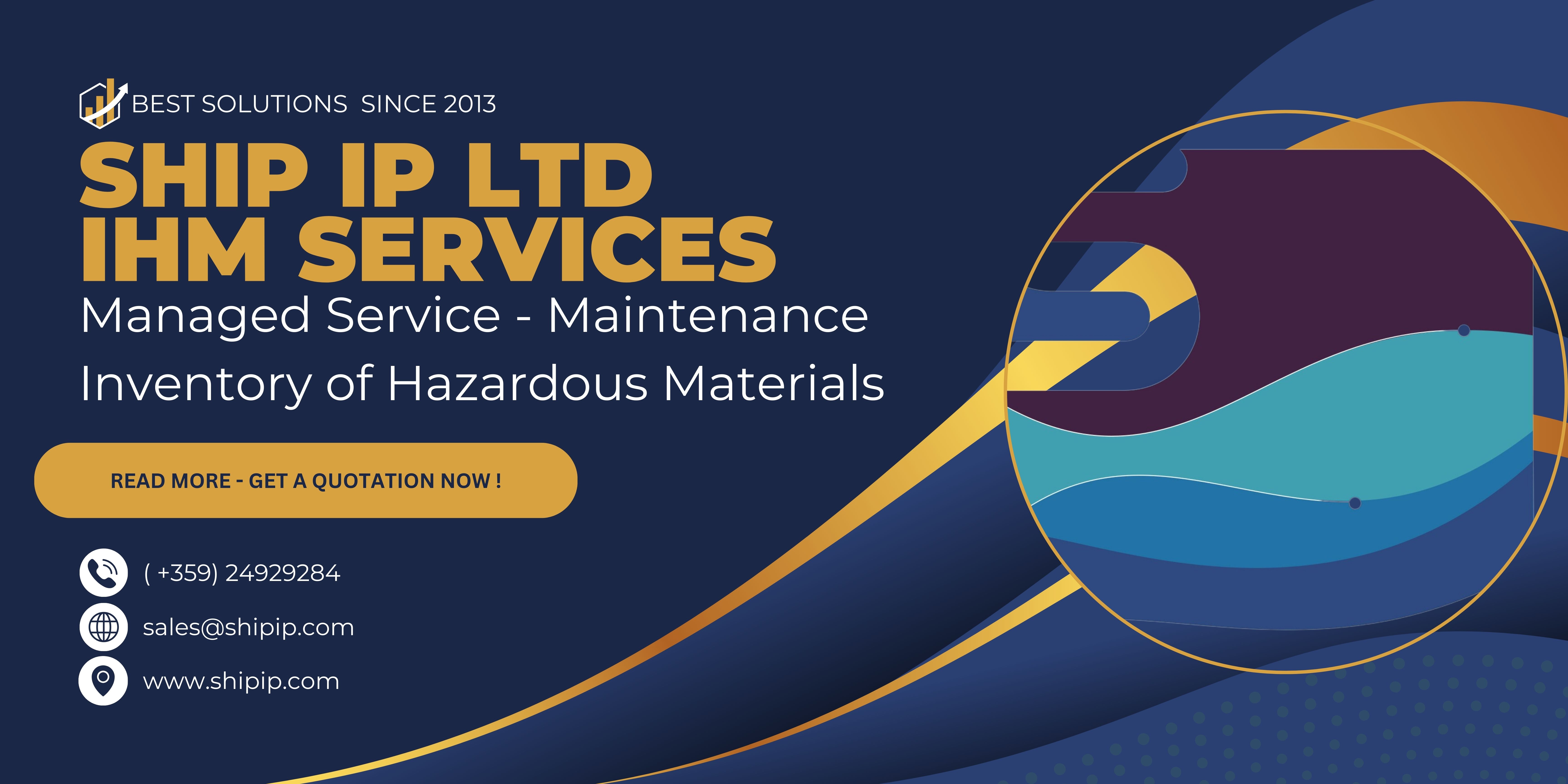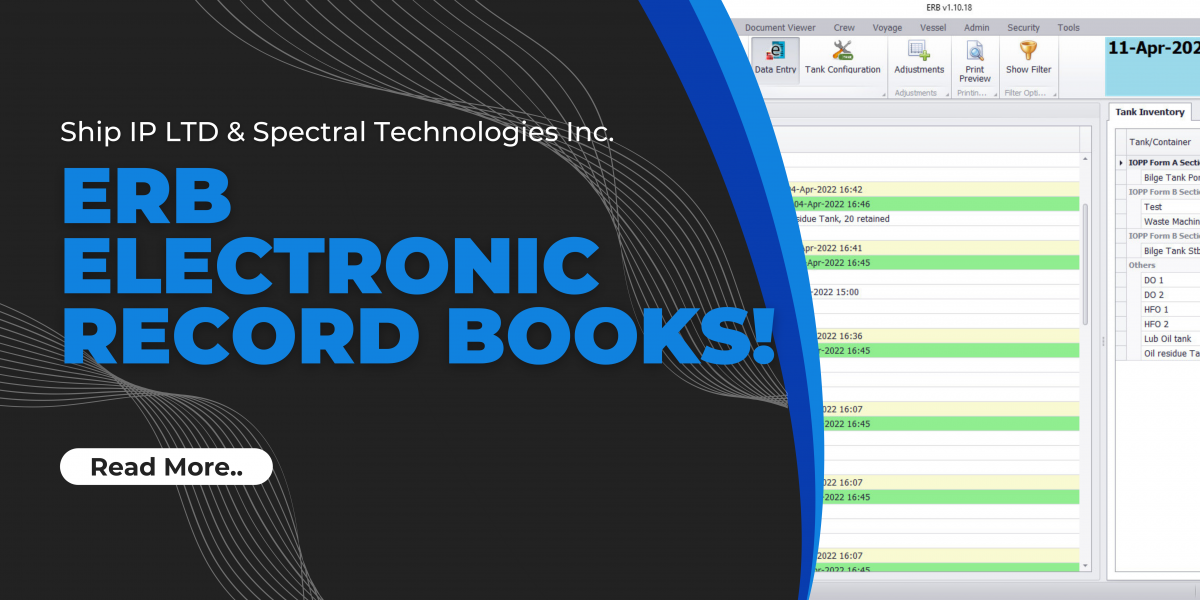IMDG code amendments (42-24) – MSC.556(108)
These amendments to the International Maritime Dangerous Goods (IMDG) code are in line with the 23rd edition of the UN Recommendations on the Transport of Dangerous Goods, and will enter into force on 1 January 2026. However, some contracting governments may apply these amendments (or parts thereof) on a voluntary basis from 1 January 2025. A summary of the significant changes are listed below for reference:
- Lithium batteries continue to be a major focus, given their widespread use and associated risks. Key changes include:
- Lithium cells and batteries are now more prominently classified under “articles containing dangerous goods, N.O.S. (Not Otherwise Specified).”
- All lithium batteries must meet the stringent testing requirements outlined in the Manual of Tests and Criteria, including for pre-production prototypes.
- New entries under Class 9 have been introduced:
- 3556: Vehicle, lithium-ion battery powered.
- 3557: Vehicle, lithium-metal battery powered.
- Damaged or defective lithium batteries must be removed from articles and packaged separately under specialized instructions.
- UN 3171 has been revised to exclude lithium batteries, applying now only to vehicles powered by wet batteries, metallic sodium batteries, or sodium alloy batteries.
- Charcoal and Carbon cargoes: Changes in this category aim to reduce the risk of misdeclared shipments and fire hazards:
- Special Provisions (SP) 925 and 223, which previously exempted some carbon products, are no longer applicable.
- New provisions (SP 978 and SP 979) introduce stricter rules for packaging, stowage, and maintaining safe temperatures during transport.
- Sodium-ion batteries, gaining popularity as an alternative to lithium-ion batteries, are now officially classified under Class 9. This ensures they adhere to the same safety standards, including testing and stowage requirements, to ensure safety during transport.
- Expanded Definitions and Documentation Requirements: Improved clarity in definitions and documentation is another focus area:
- Recycled plastics must now include detailed information about their previous use and contents as part of quality assurance programs.
- New definitions, such as ‘Degree of Filling’, ‘Explosive or Pyrotechnic Effect’ and ‘Metal Powders’, have been introduced.
- Stowage plans must be more detailed, clearly outlining both primary and subsidiary hazards, ensuring that everyone handling the cargo understands the risks involved.
- Data loggers and tracking devices used with cargo must now be securely installed to prevent damage during transit.
- Packaging and Labelling Enhancements:
- For vehicles equipped with lithium batteries, additional packaging is not required if they are stable and secure for transport. For other cases, specialized bracing or framing may be needed.
- Labelling and marking requirements have been strengthened to ensure all hazards are clearly visible and easy to identify, even for items in fully enclosed packaging.
Members involved in the transport of dangerous goods in packaged from a recommended to ensure compliance with the latest amendments.
IMSBC code amendments (07-23) – MSC.539(107)
Updates to the International Maritime Solid Bulk Cargoes (IMSBC) code, which has been applicable on a voluntary basis since 1 January 2024, will enter into force on 1 January 2025. These include, but are not limited to, the following changes:
- The shippers are now required to declare the ‘bulk density’ of cargo, as required by SOLAS regulation XII/10 (MSC.1/Circ.1664).
- The following changes have been affected in Appendix 1 (individual schedule of solid bulk cargoes):
- New cargo entries
| Bulk cargo shipping name (BCSN) | Group | Hazard |
| BARYTE, FLOTATION CHEMICAL GRADE | A | |
| BROWN FUSED ALUMINA | C | |
| CRUSHED GRANODIORITE FINES | A | |
| DIRECT REDUCED IRON (D) (By-product fines with a moisture content of at least 2%) | A and B | MHB (WF and/or SH) |
| DUNITE | C | |
| DUNITE FINES | A | |
| ELECTRIC ARC FURNACE DUST, PELLETIZED | A and B | MHB (TX and CR) |
| GROUND GRANULATED BLAST FURNACE SLAG POWDER | A | |
| MAGNESITE FINES | A | |
| POTASSIUM NITRATE | C | |
| SODIUM NITRATE | C | |
| SODIUM NITRATE AND POTASSIUM NITRATE MIXTURE | C | |
| CELESTINE CONCENTRATE (under Mineral Concentrates schedule) | A | |
| FISH MEAL (FISH SCRAP), STABLISIZED ANTI-OXIDANT TREATED | B | MHB (SH) |
- Deleted cargoes from the solid bulk cargo list:
| Bulk cargo shipping name (BCSN) | Group | Hazard |
| FISH MEAL (FISH SCRAP), STABILIZED UN 2216 ANTI-OXIDANT TREATED | B | This cargo has effectively been reclassified from Class 9 dangerous goods to an MHB cargo. The IMSBC Code carriage requirements remain the same, but ships will no longer require a dangerous goods certificate to carry the cargo. |
- The list of non-cohesive cargoes (Appendix 3 of the IMSBC Code) has been amended to include the following cargoes:
- BARYTE, FLOTATION CHEMICAL GRADE
- CRUSHED GRANODIORITE FINES
- DUNITE
- DUNITE FINES
- ELECTRIC ARC FURNACE DUST, PELLETIZED
- POTASSIUM NITRATE
- SODIUM NITRATE
- SODIUM NITRATE AND POTASSIUM NITRATE MIXTURE
- SUPERPHOSPHATE
This means that the angle of repose for the above cargoes must be determined prior to loading so that the relevant trimming provisions under section 5 of the IMSBC Code are applied accordingly.
- The list of Solid Bulk Cargoes for which a Fixed Gas Fire Extinguishing System may be exempted has been updated to its 6th revision to include the new cargo “ELECTRIC ARC FURNACE DUST, PELLETIZED” that can be exempted from having a fixed CO2 fire-fighting installation on board ships (MSC.1/Circ.1395/Rev.6).
Members involved in transporting solid bulk cargoes are recommended to ensure compliance with the latest IMSBC Code amendments.
Amendments to the STCW Convention and Code on Electronic Seafarers’ Certificates – MSC.540(107) & MSC.541(107)
To support the global digitalisation trend, these amendments to the STCW Convention (regulations I/1 and I/2) and STCW Code (section A-I/2) allow seafarers’ certification to be issued in electronic form and specify the minimum information that must be included on these certificates.
Members are recommended to refer to the MSC.1/Circ.1665 for guidelines on the use of electronic certificates of seafarers.
Amendments to MARPOL Annex I, Regulations 15.3, 15.5 and 34.3 to 34.5, on the establishment of the Red Sea and Gulf of Aden as Special Areas – MEPC.381(80)
Due to their significant marine ecological and environmental conditions, as well as their importance as a major route for maritime commerce, the Red Sea and Gulf of Aden regions were recognised as a ‘Special Area’ under regulation 1.11 of MARPOL Annex I. However, for the ‘Special Area’ status to take effect, adequate reception facilities had to be provided in the relevant ports of the coastal State Parties.
MEPC-80 confirmed that States in the Red Sea and Gulf of Aden areas, such as Djibouti, Egypt, Jordan, Israel, Saudi Arabia, Somalia, and Sudan, now provide adequate reception facilities and arrangements, including treatment facilities for oily wastes and residues at ports and terminals in these areas. Accordingly, the effective date for MARPOL Annex I Special Areas in the Red Sea and Gulf of Aden is set to be 1 January 2025.
Members with ships of 400 GT and above are advised that from 1 January 2025, the discharge of oil or oily mixtures into the sea will be prohibited within this region, except under the following conditions:
- The ship is enroute.
- The oily mixture has been processed through oil filtering equipment that meets the requirements of regulation 14.7 of Annex I.
- The oil content of the effluent, without dilution, does not exceed 15 parts per million.
- The oily mixture does not originate from cargo pump room bilges on oil tankers.
- In the case of oil tankers, the oily mixture is not mixed with oil cargo residues.
- Fuel consumption per consumer, both while underway and at anchor
Additionally, members operating oil tankers in this region are informed that from 1 January 2025, any discharge of oil or oily mixtures from the cargo area of an oil tanker will be prohibited while in the Red Sea and Gulf of Aden Special Areas. This requirement does not apply to the discharge of clean or segregated ballast.
Amendments to MARPOL Annex V, Regulation 6, on the establishment of the Red Sea as Special Areas – MEPC.382(80)
The Red Sea area was recognised as a Special Area under Annex V (regulation 1.14.4) of MARPOL. However, for the ‘Special Area’ status to be effective, adequate reception facilities had to be provided in the relevant ports of the coastal State Parties.
At MEPC-80, the special area status was confirmed based on information about the necessary reception facilities for MARPOL Annex V wastes and residues at all ports and terminals in the region.
Members with ships transiting through the Red Sea area are advised that from 1 January 2025, the discharge of garbage into the sea shall only be permitted while the ship is enroute and in accordance with Regulation 6 (Discharge of garbage within special areas) of MARPOL Annex V.
SOURCE : https://www.ukpandi.com/news-and-resources/news/article/imo-regulatory-update-2025/











